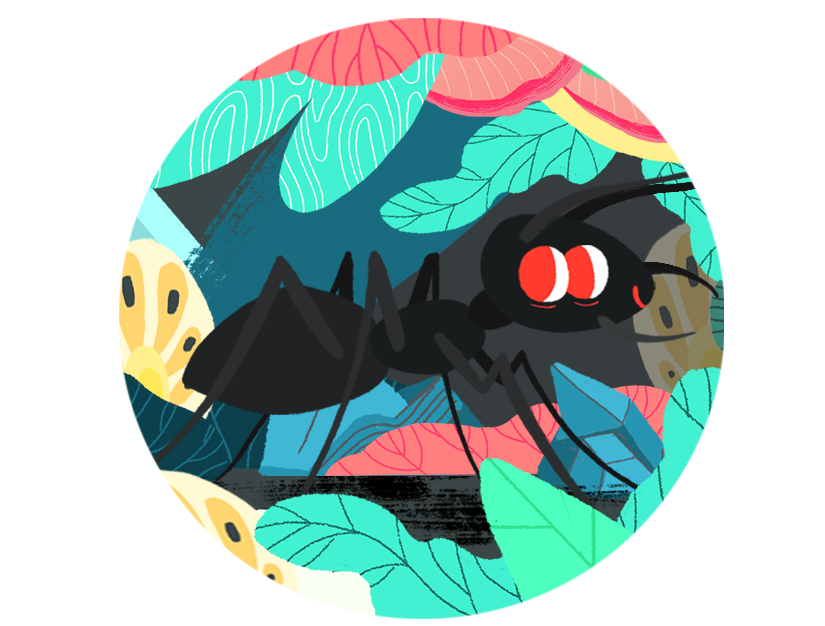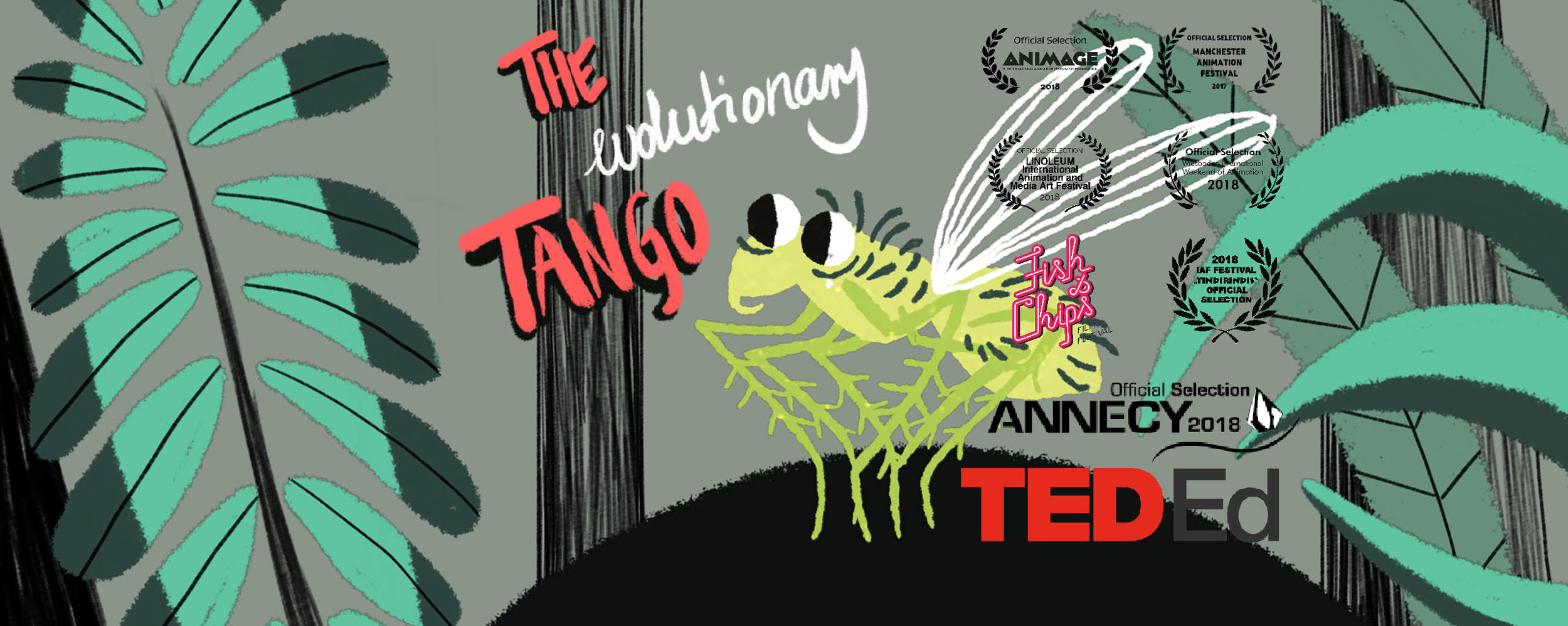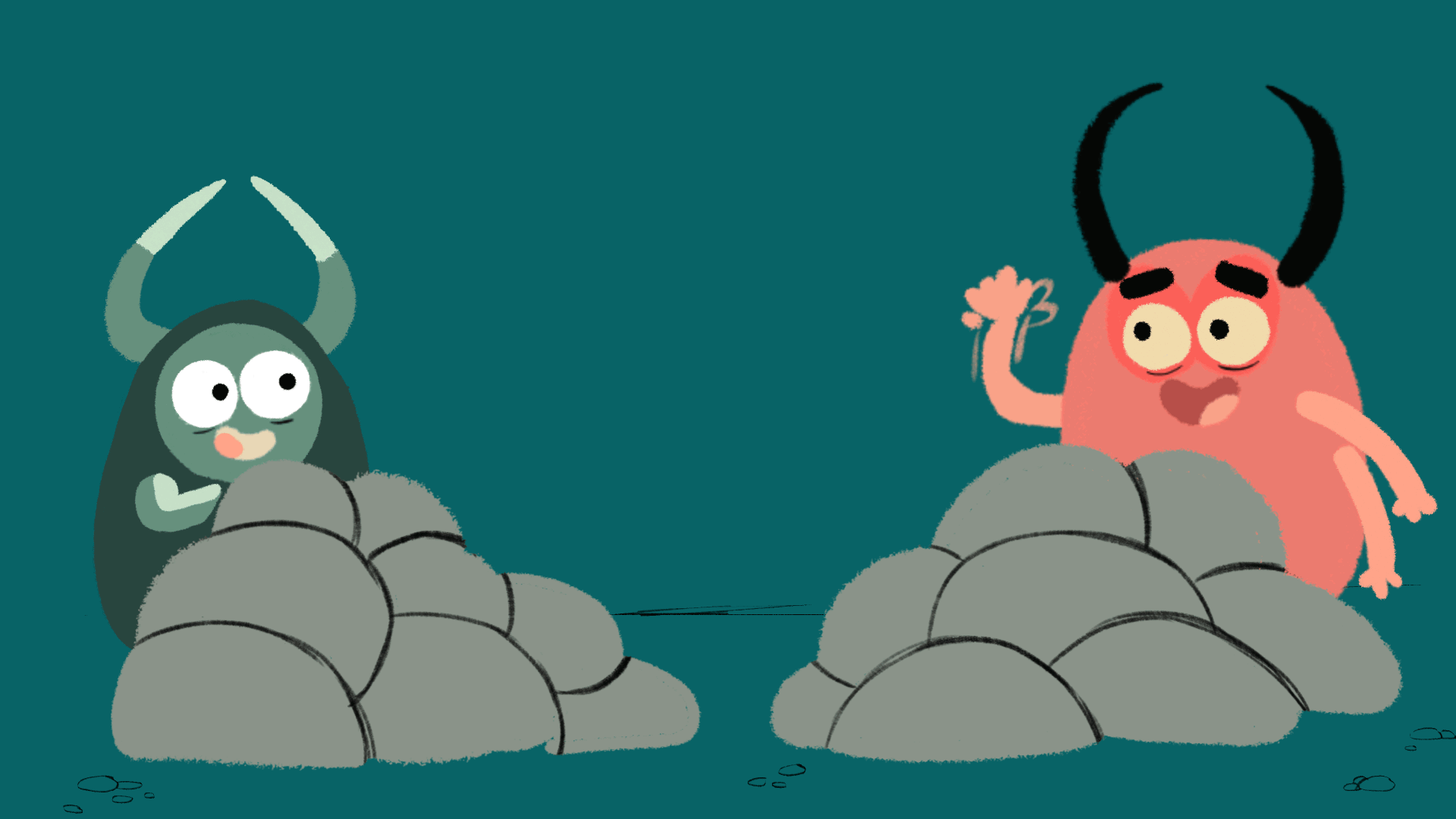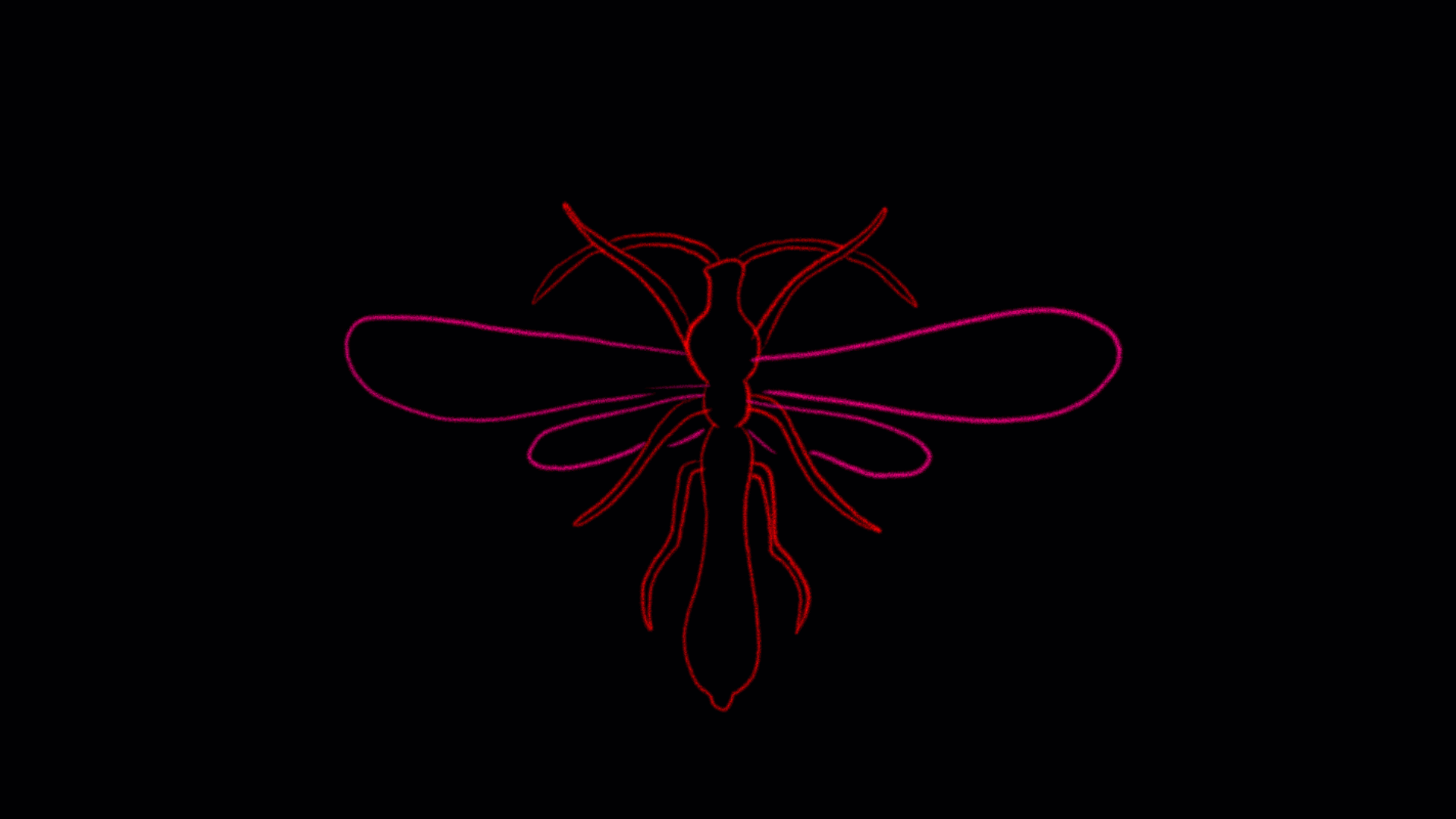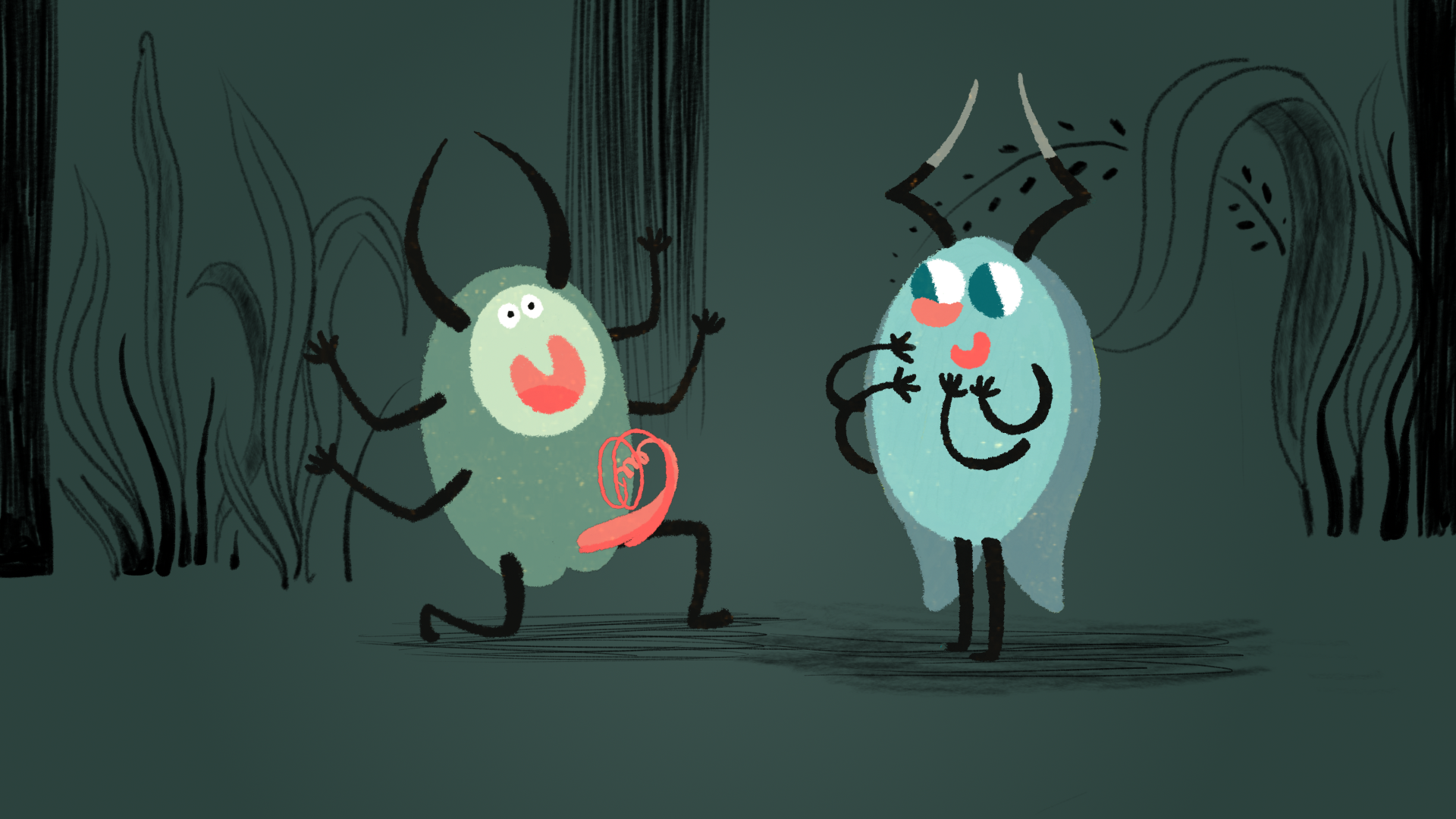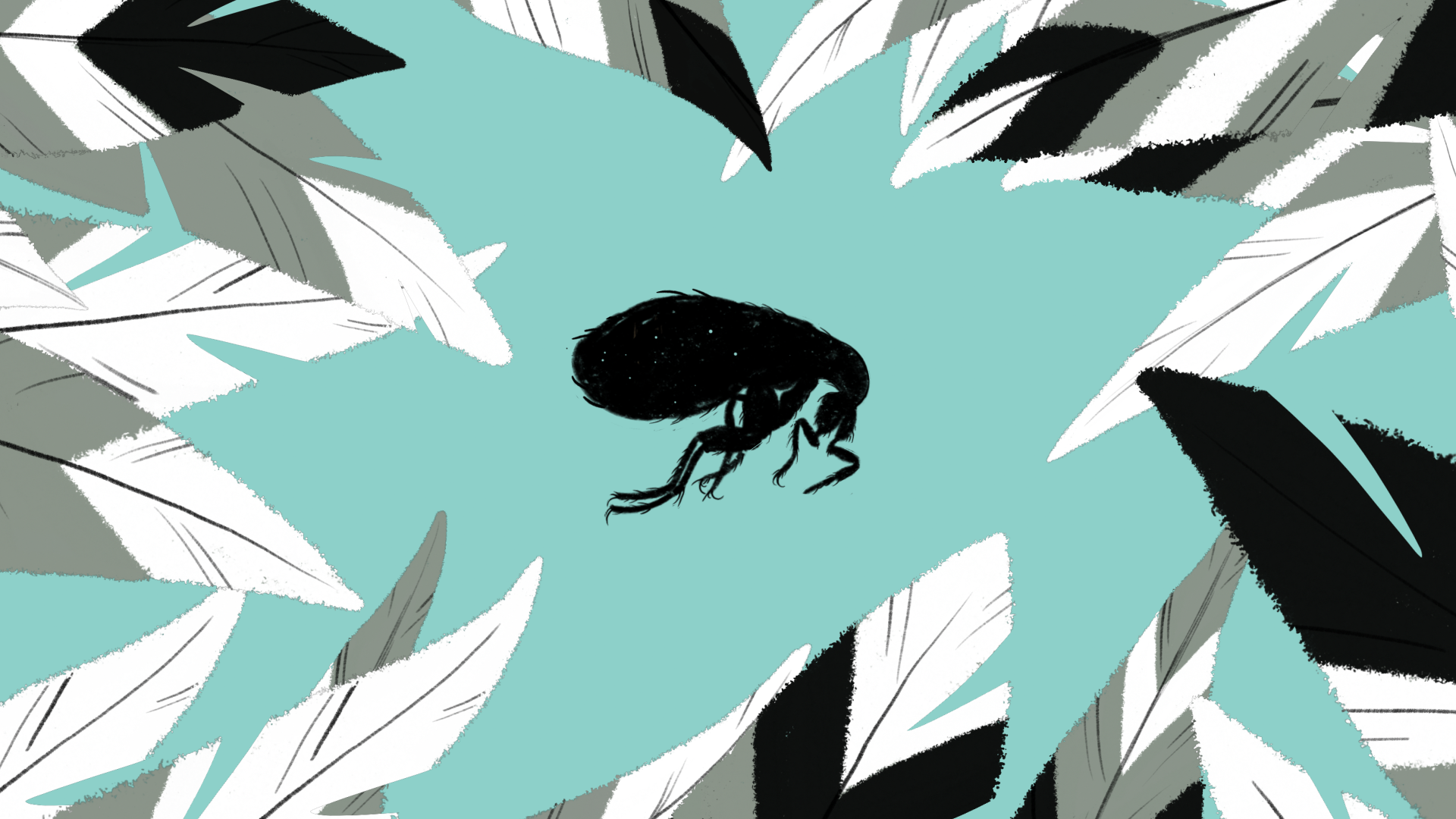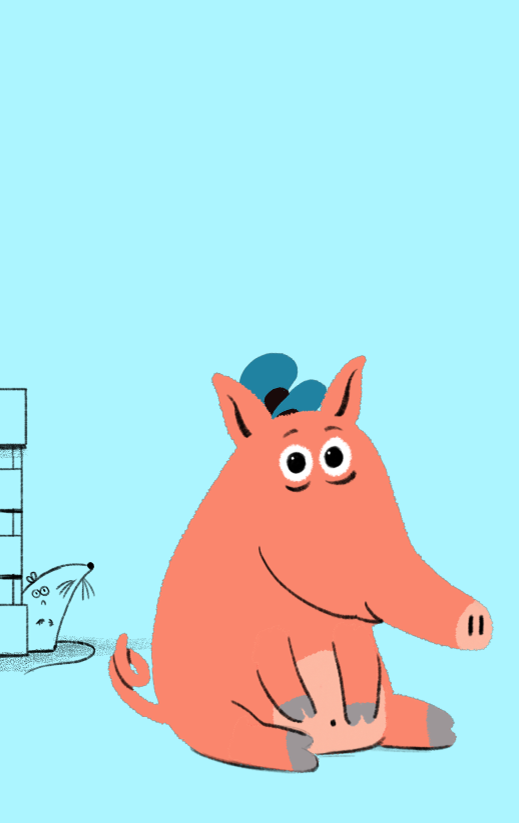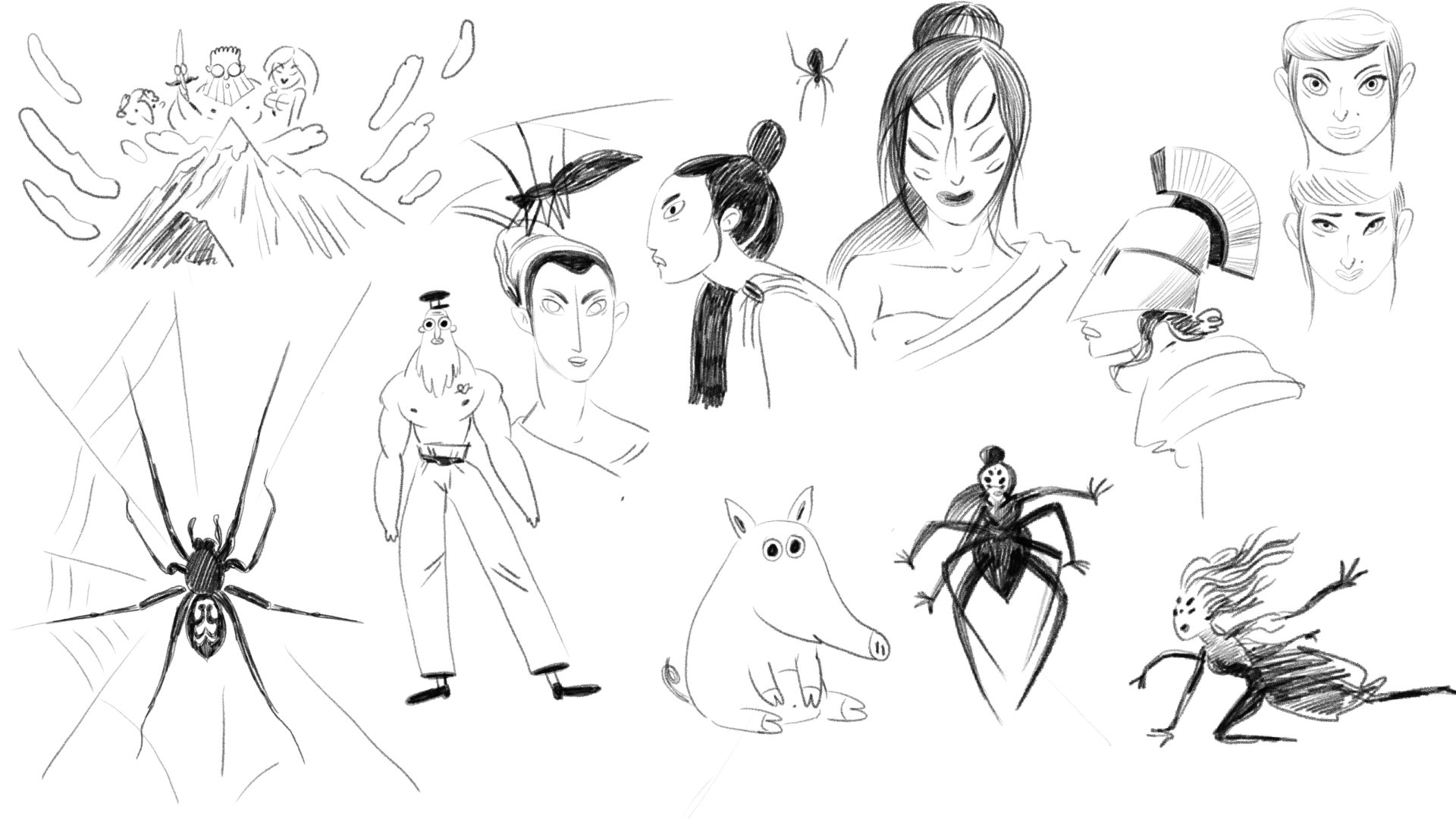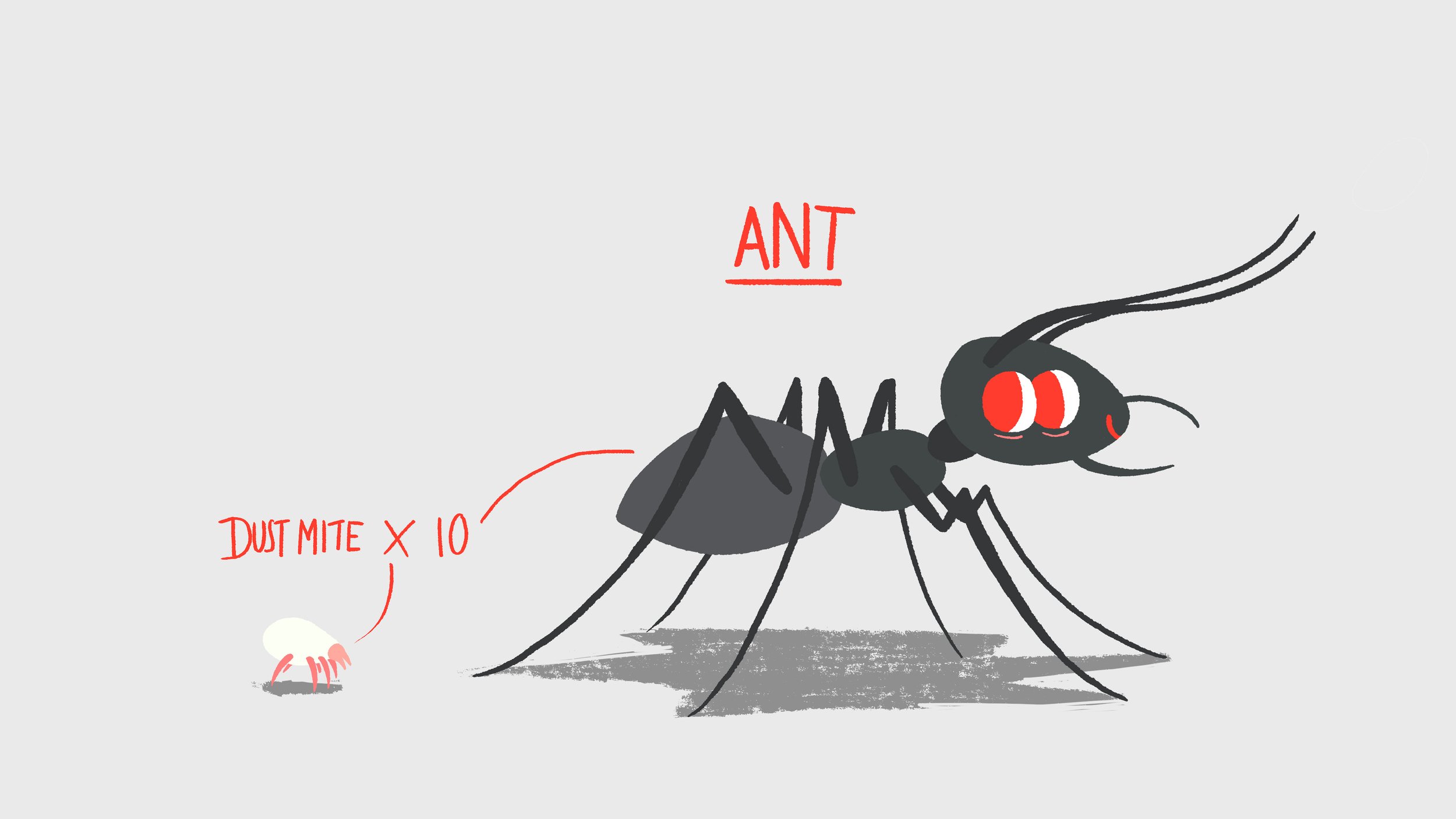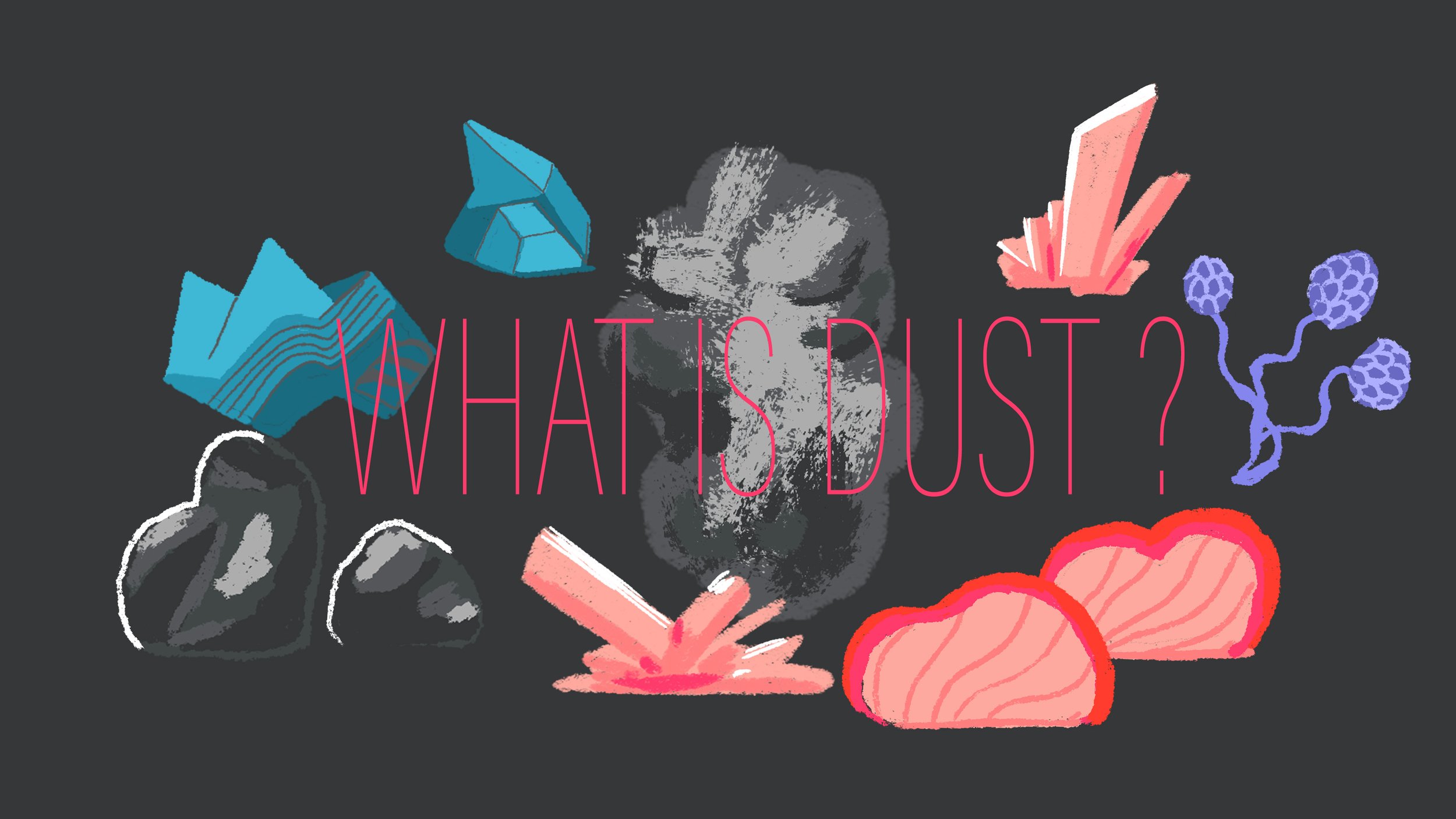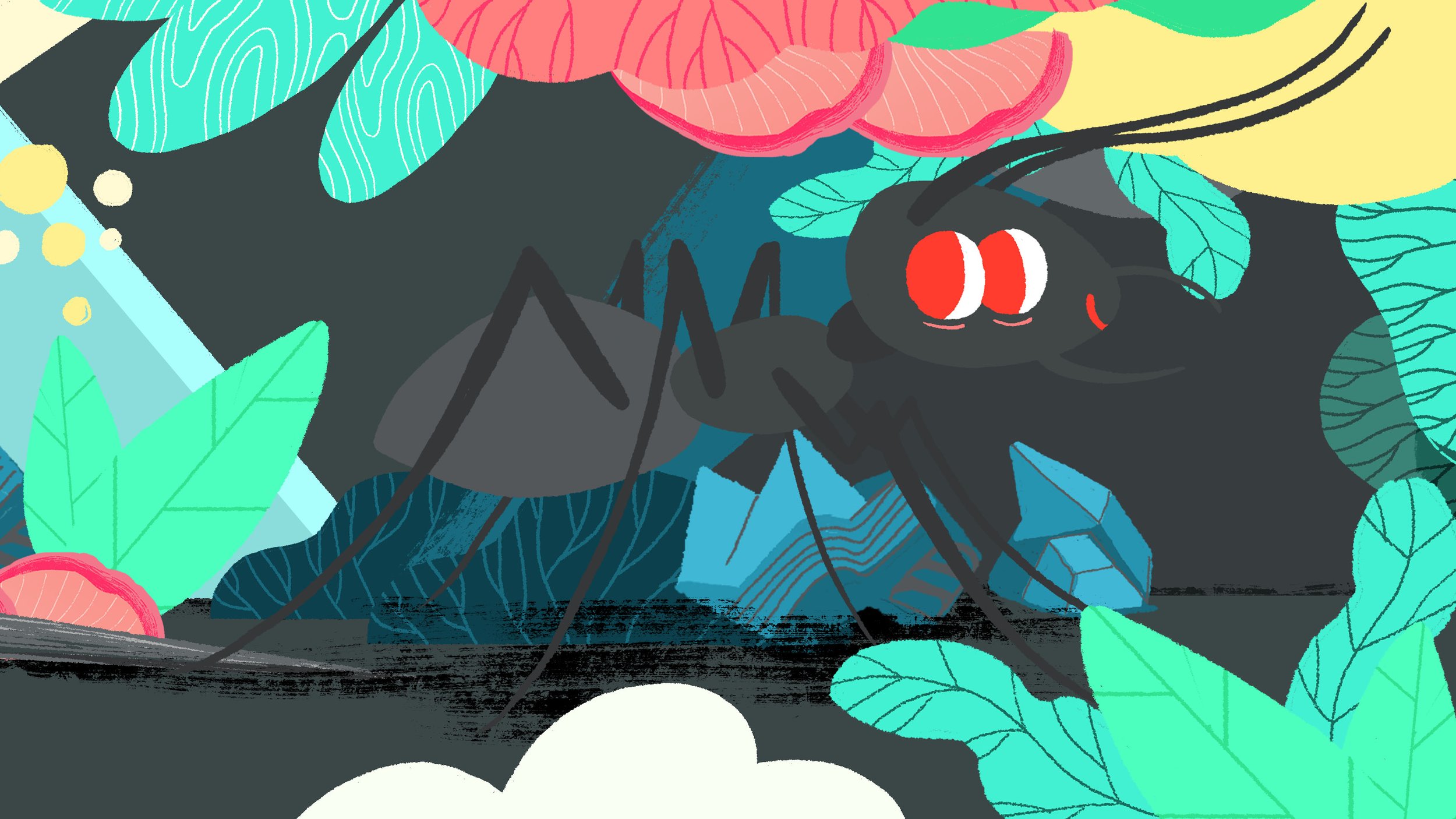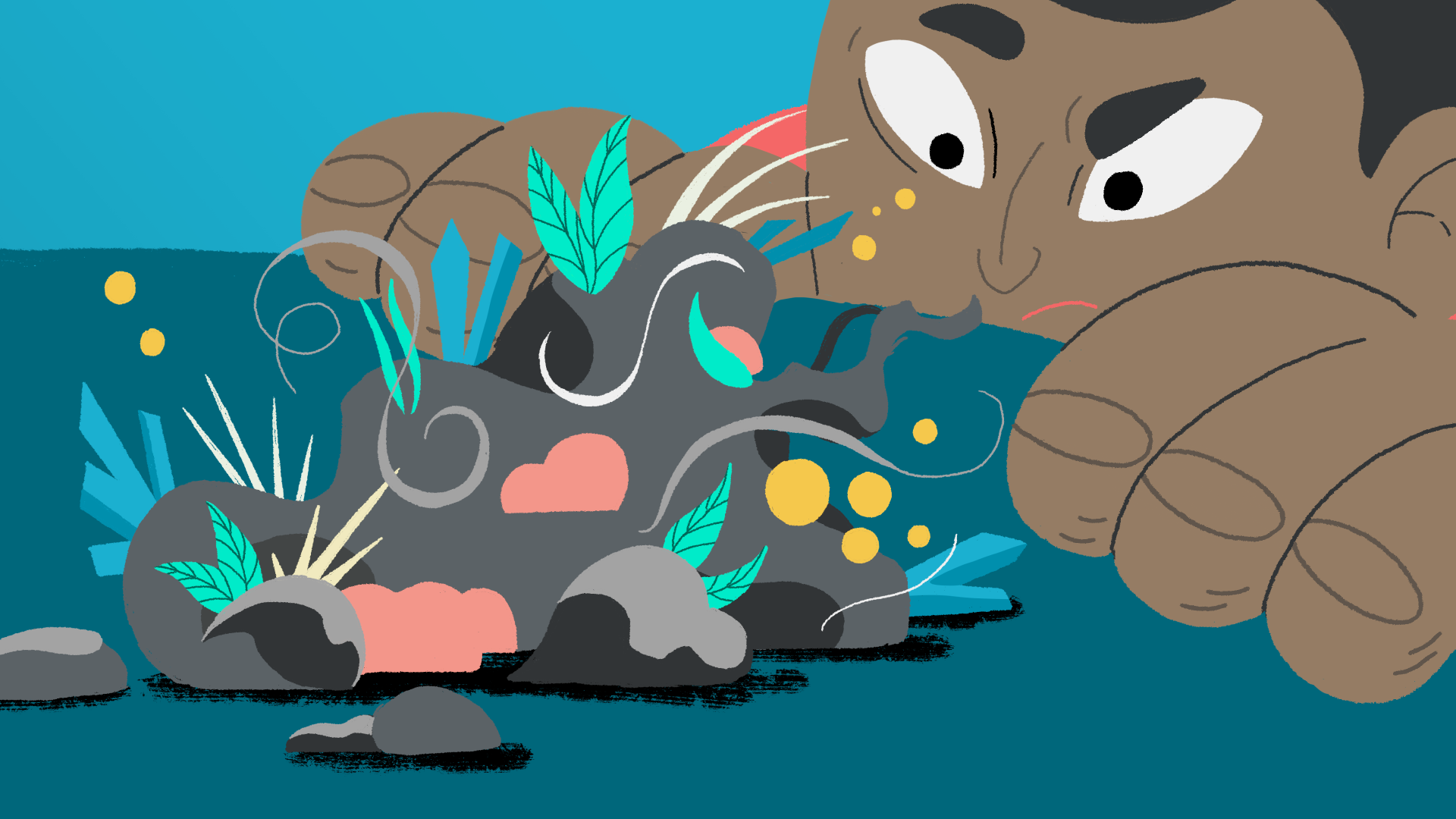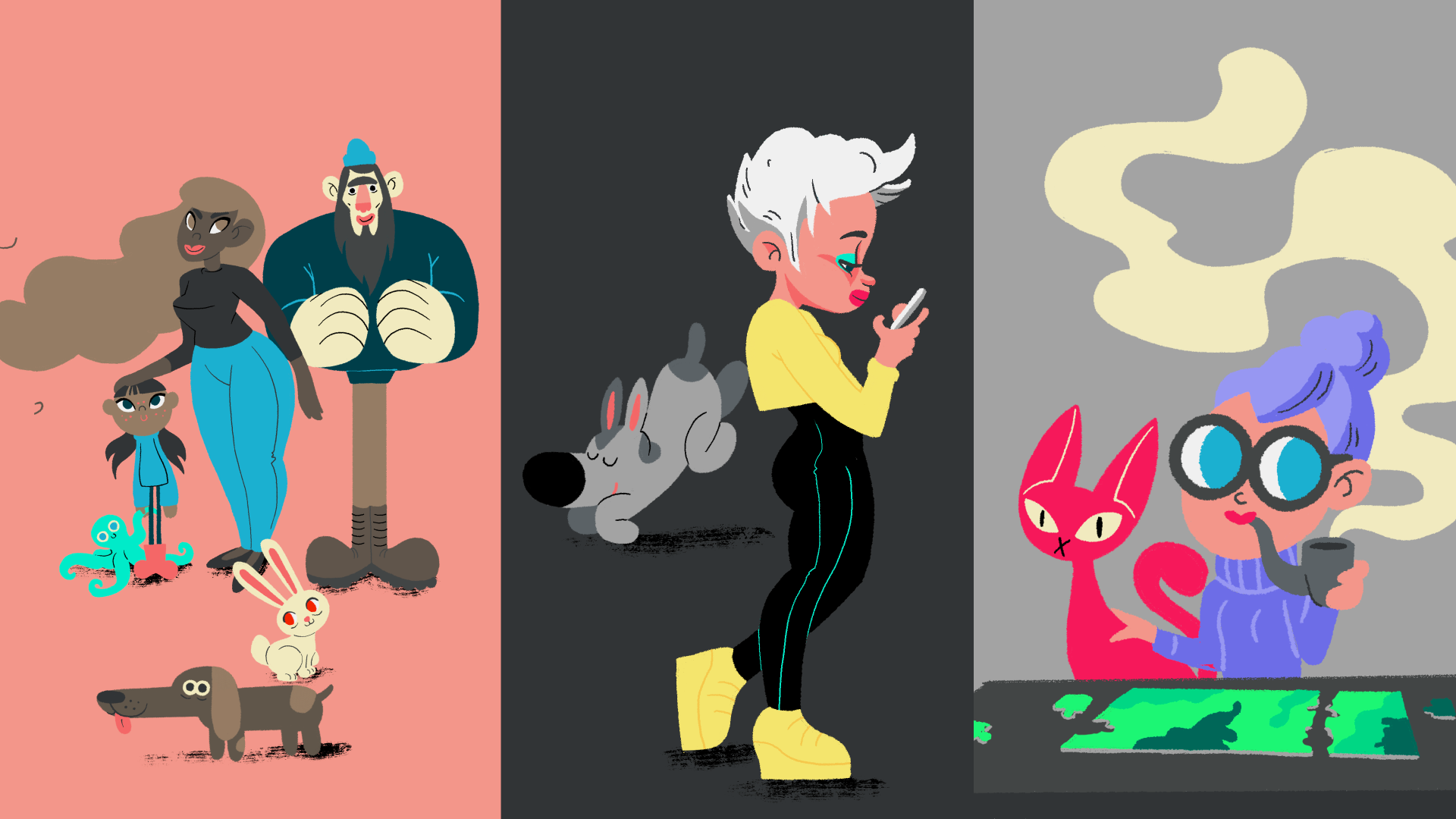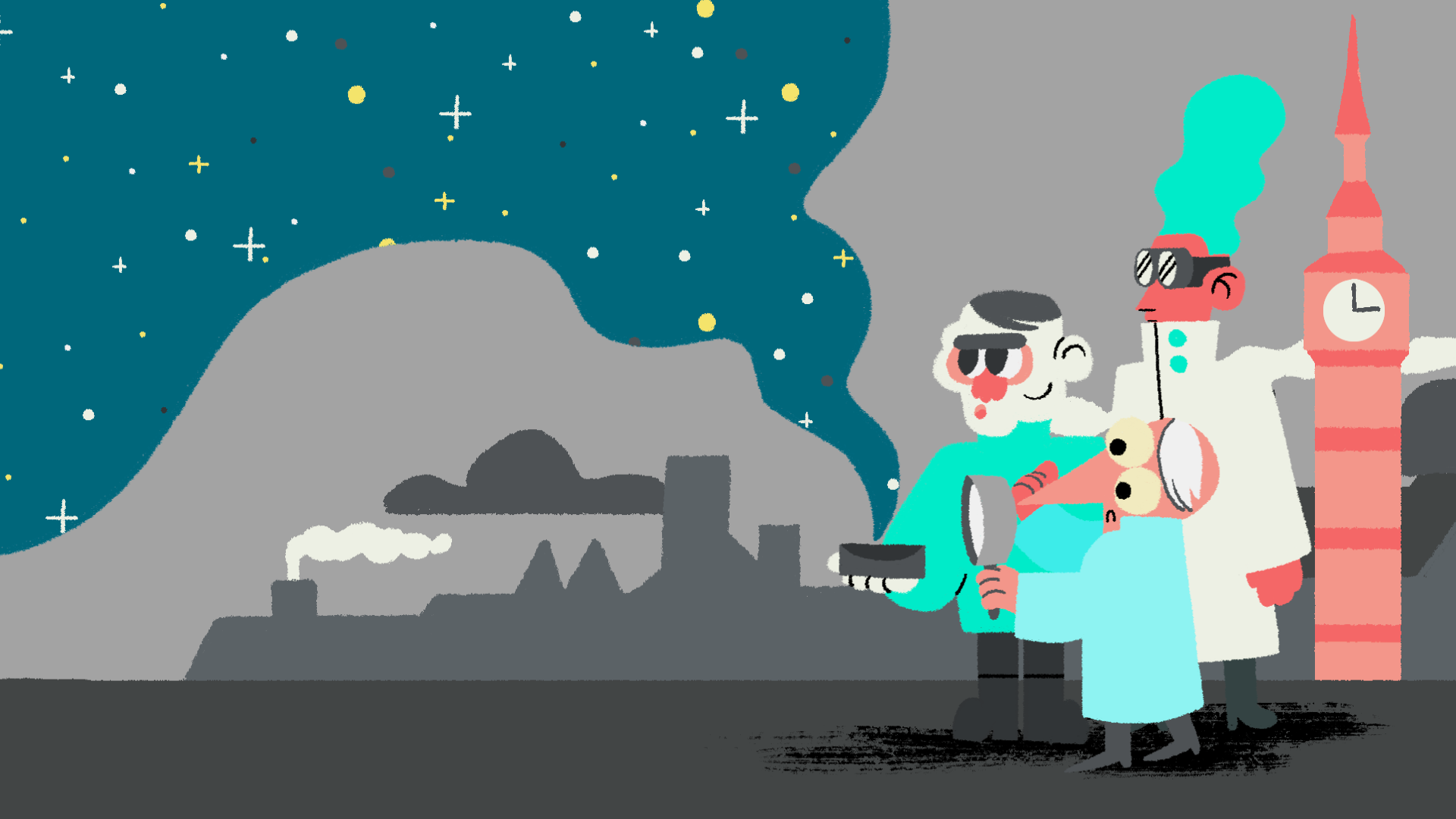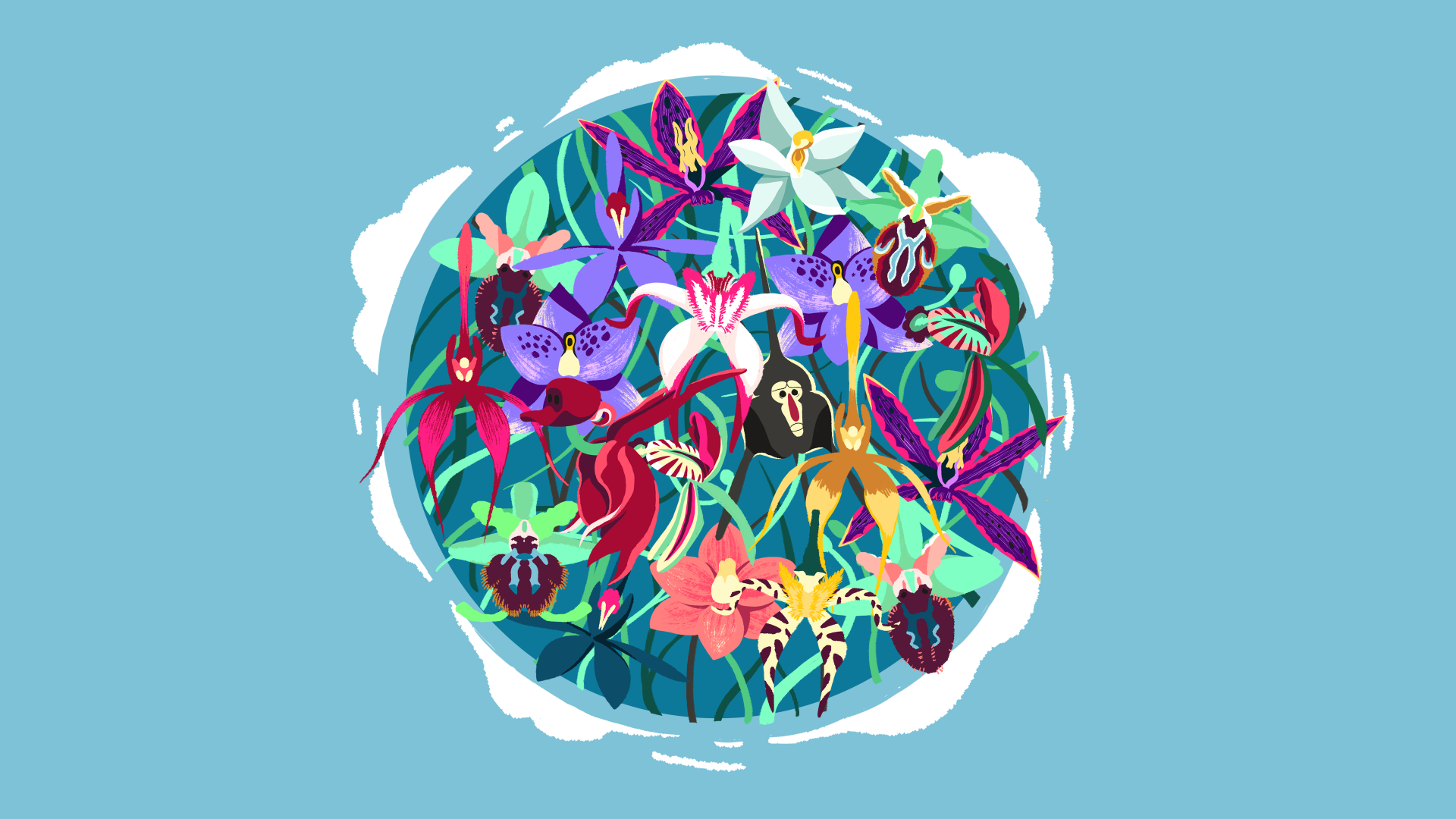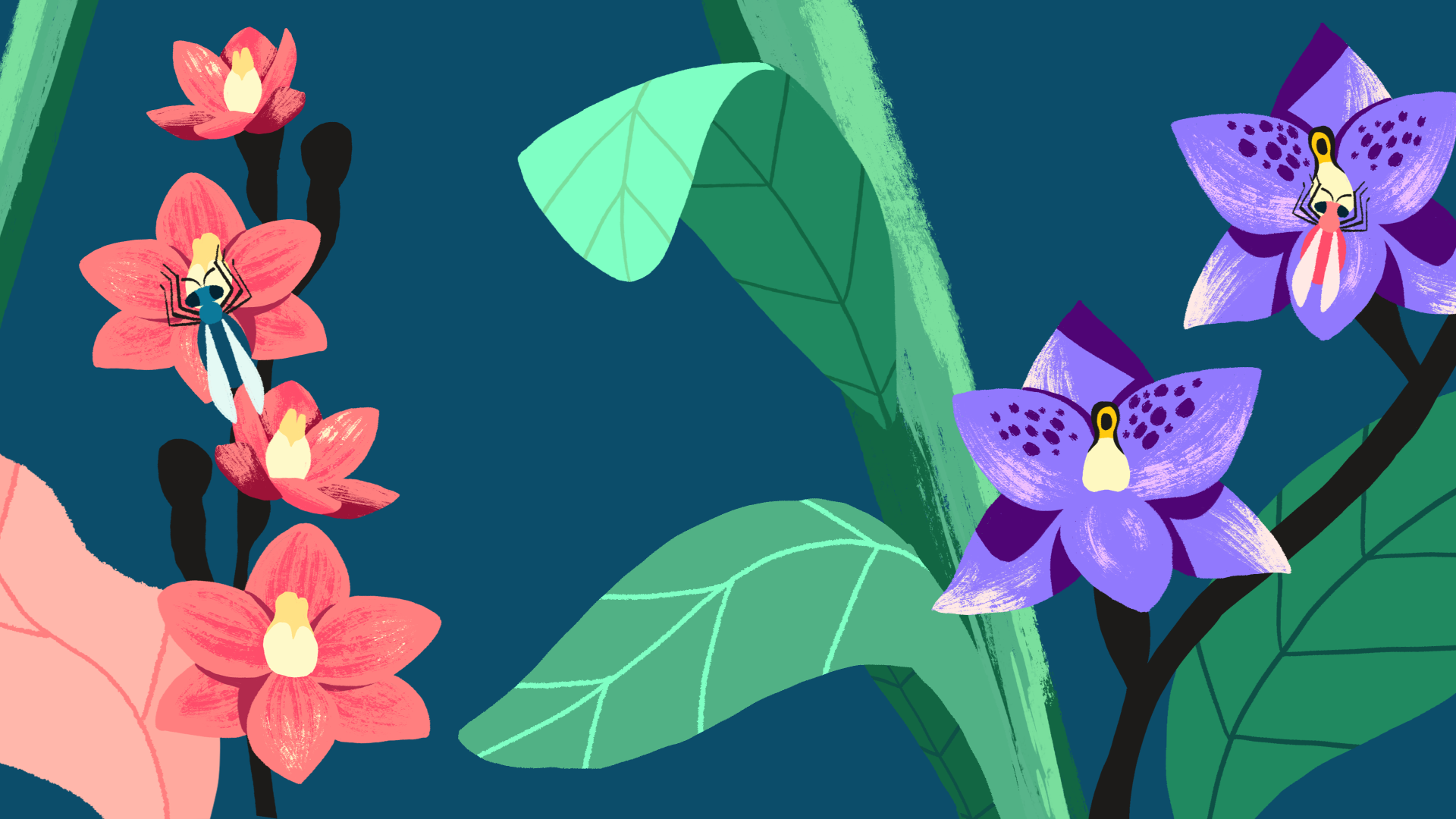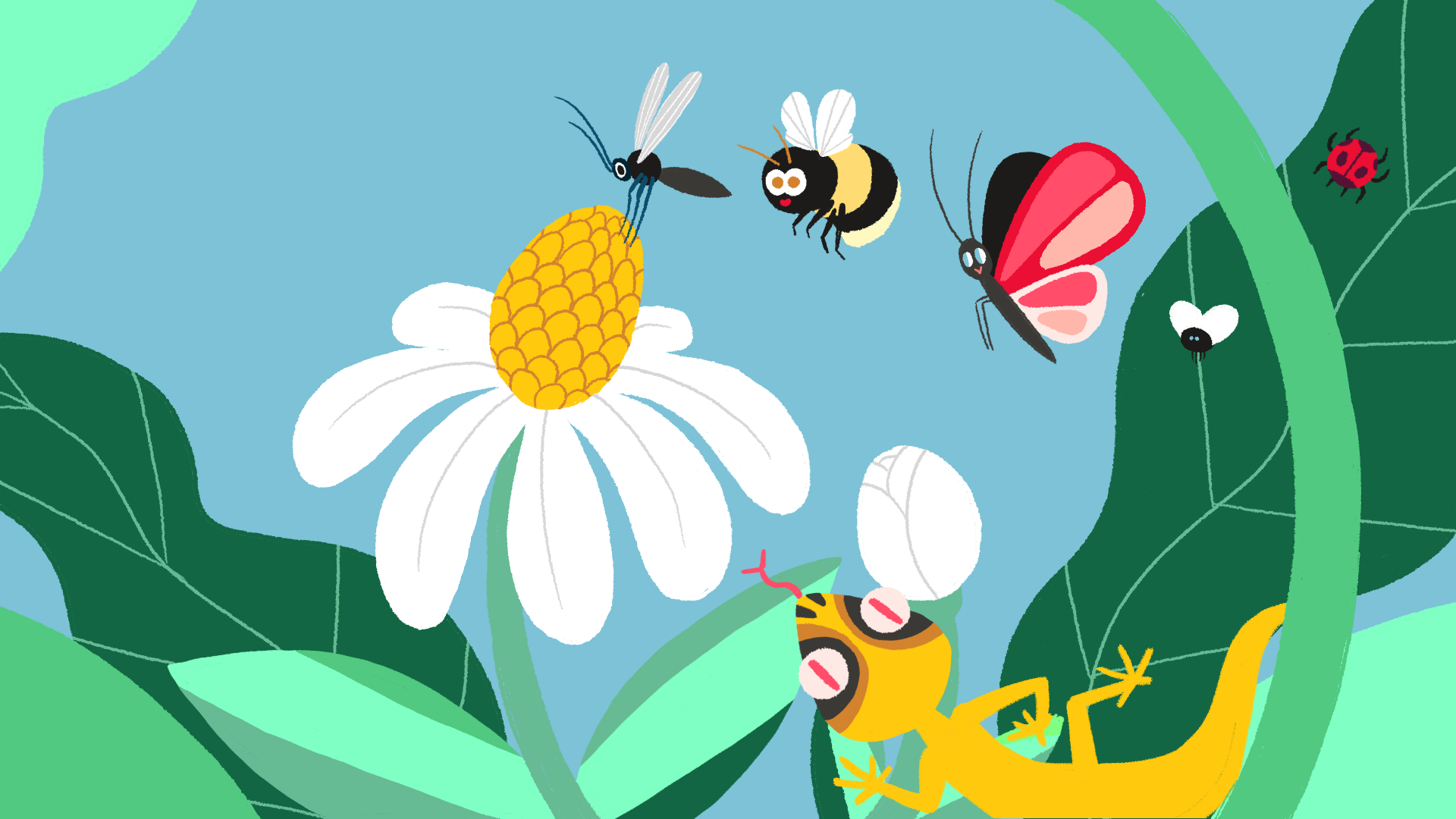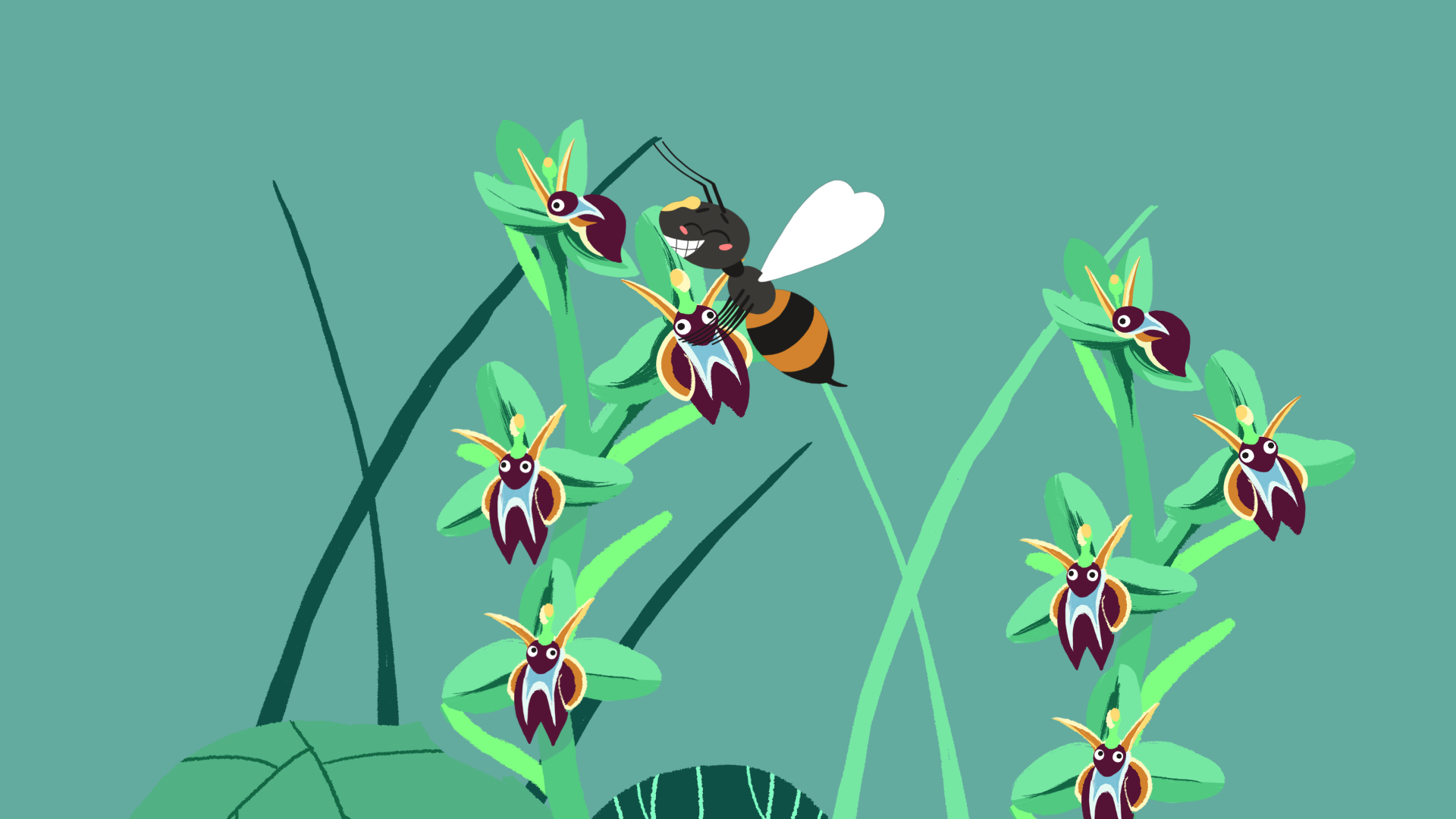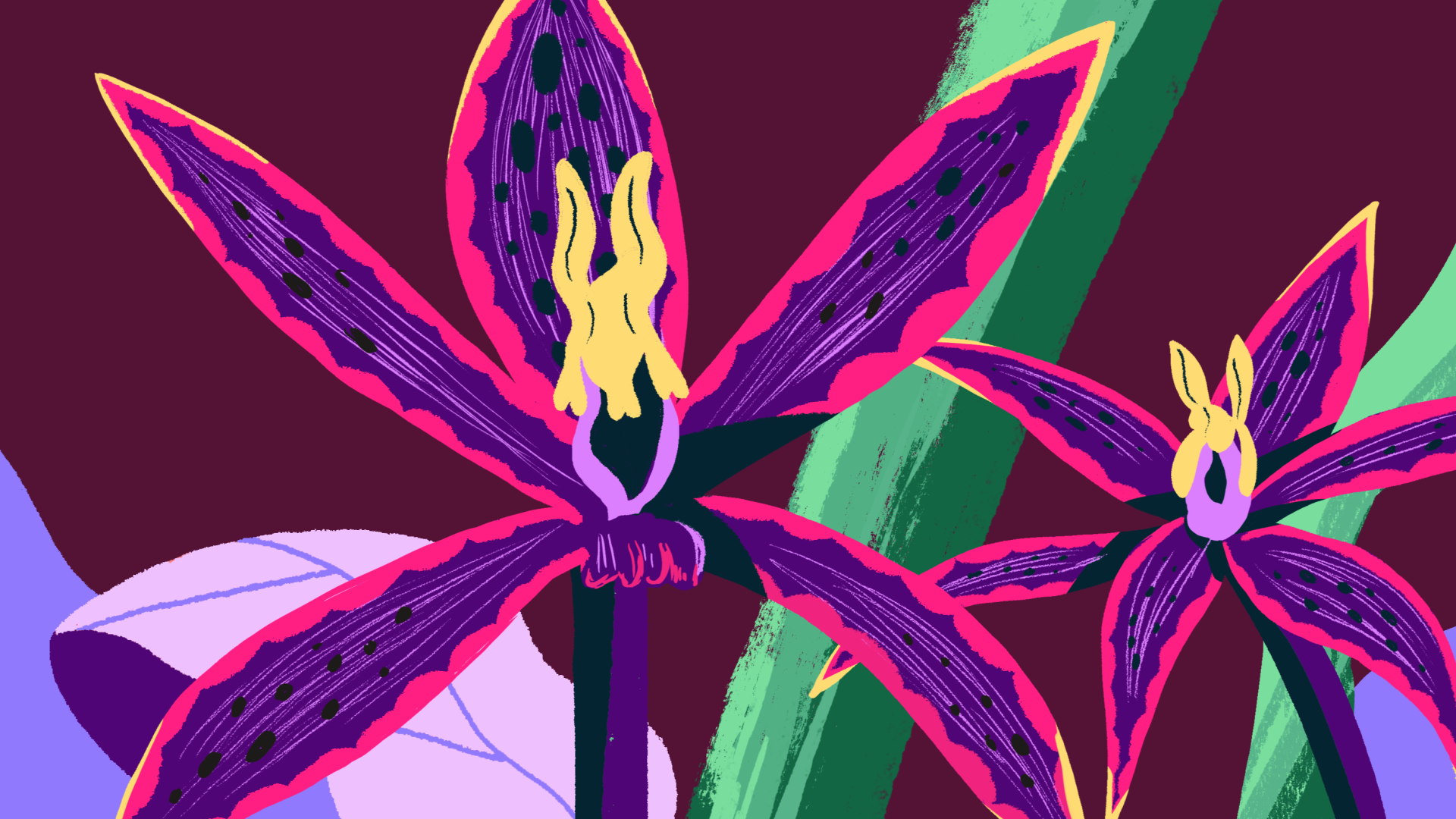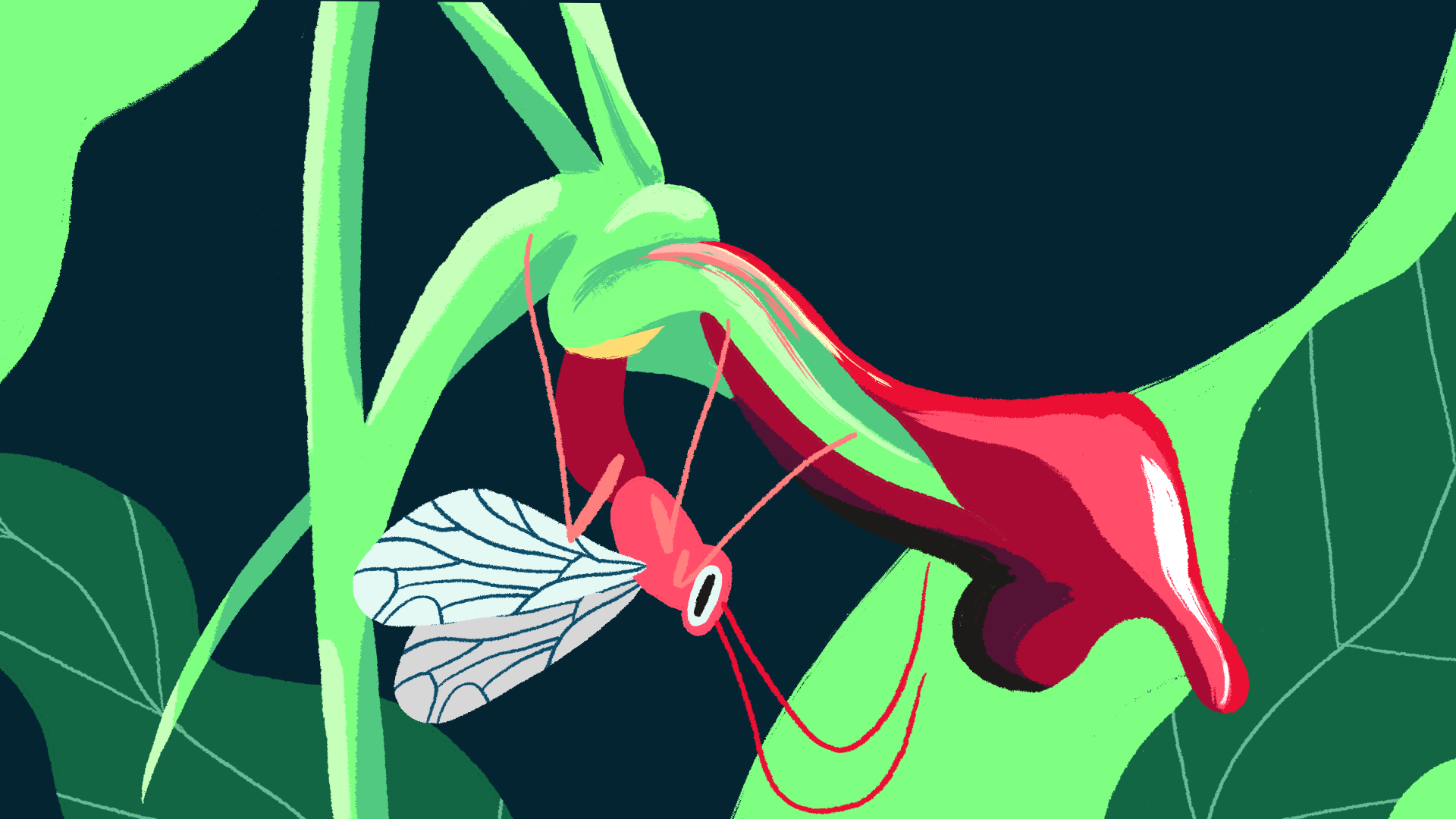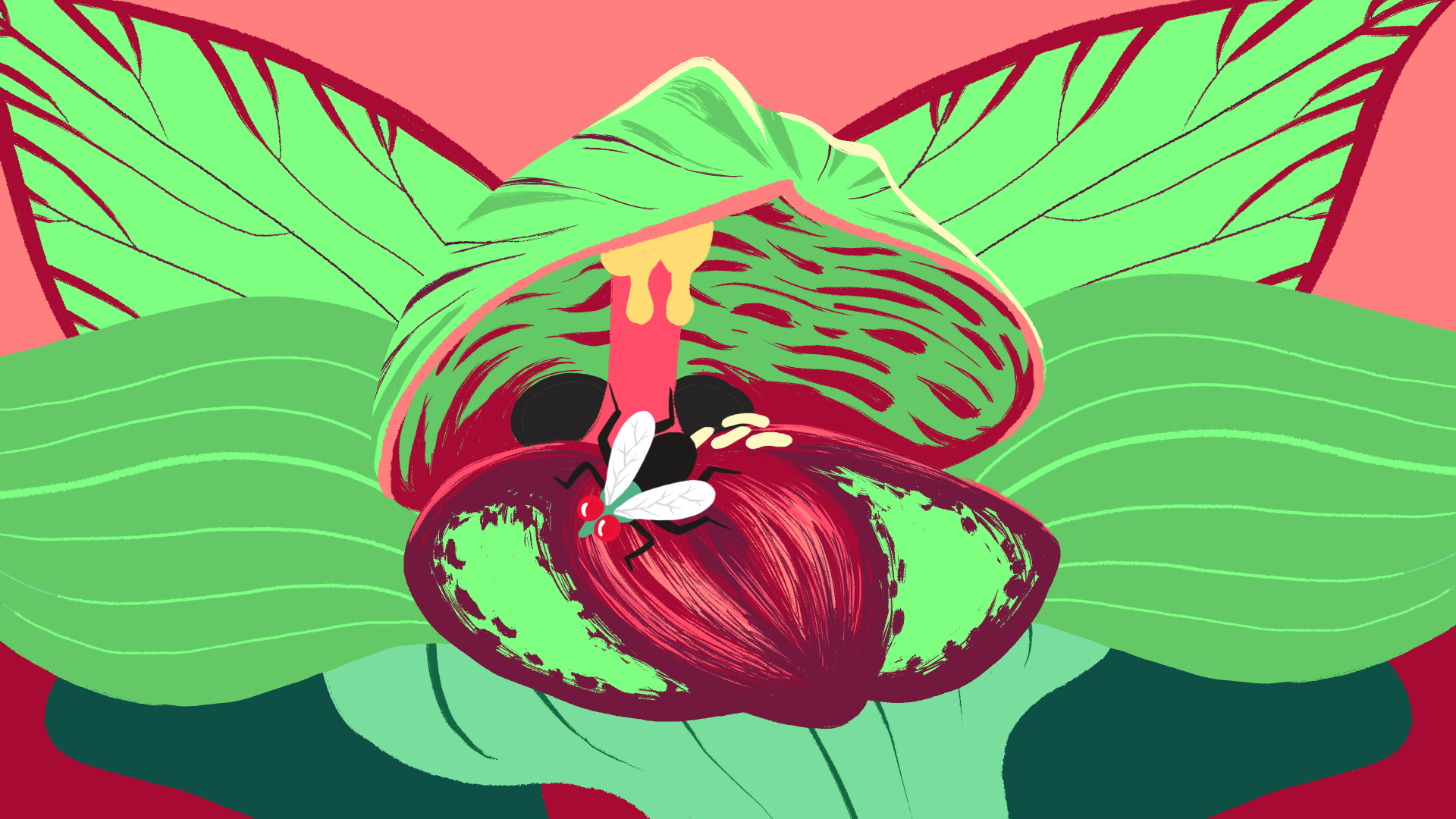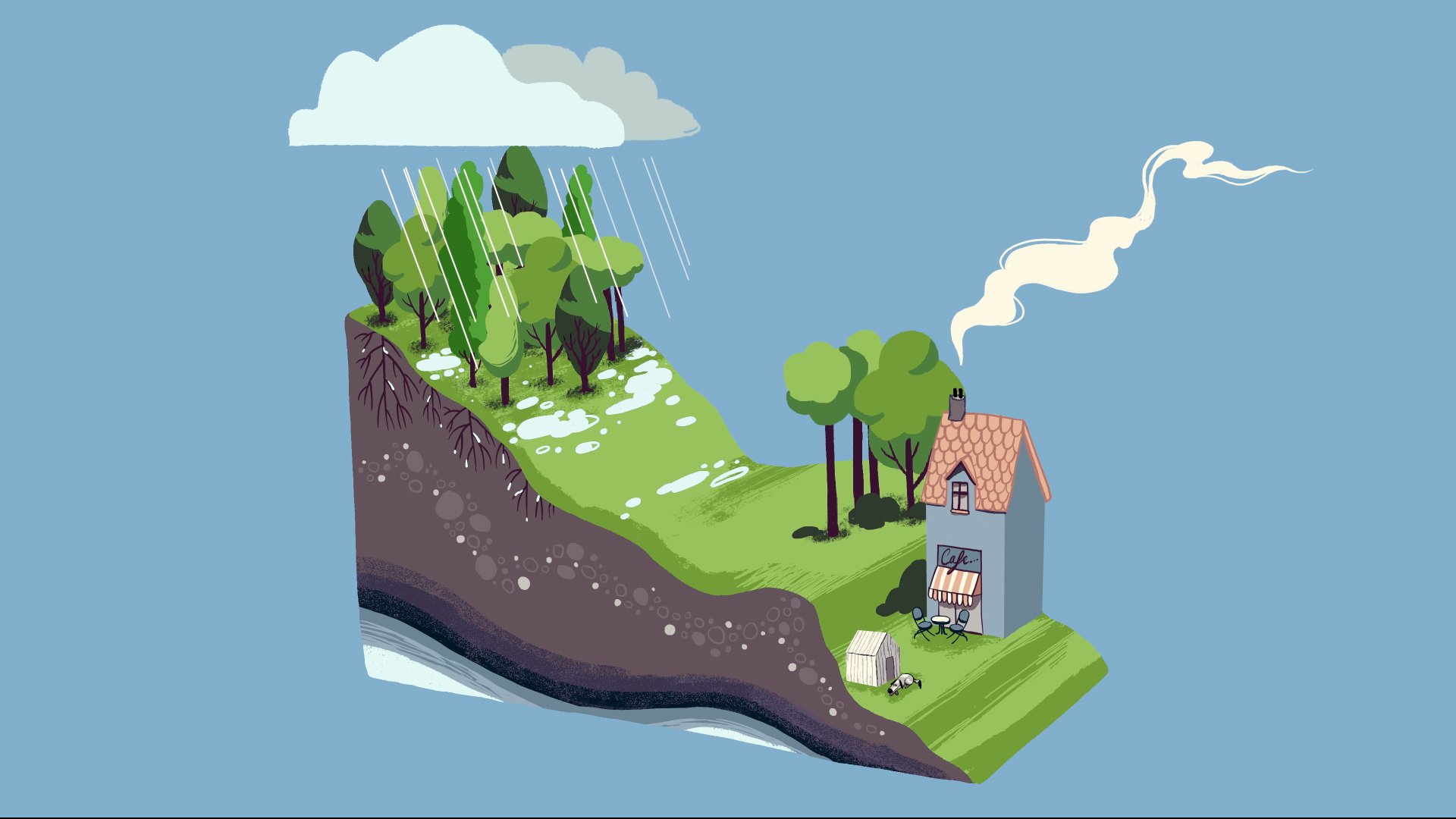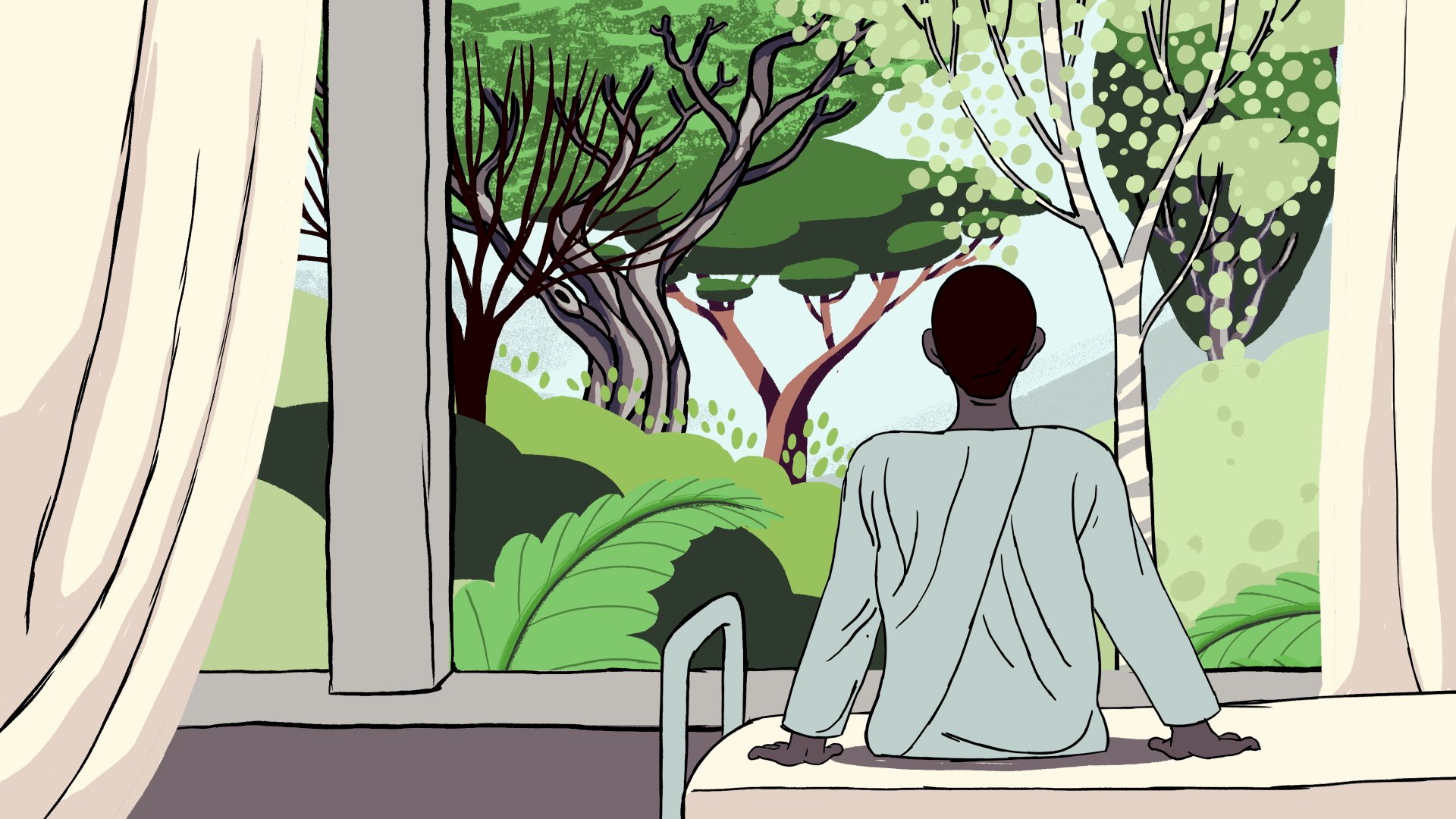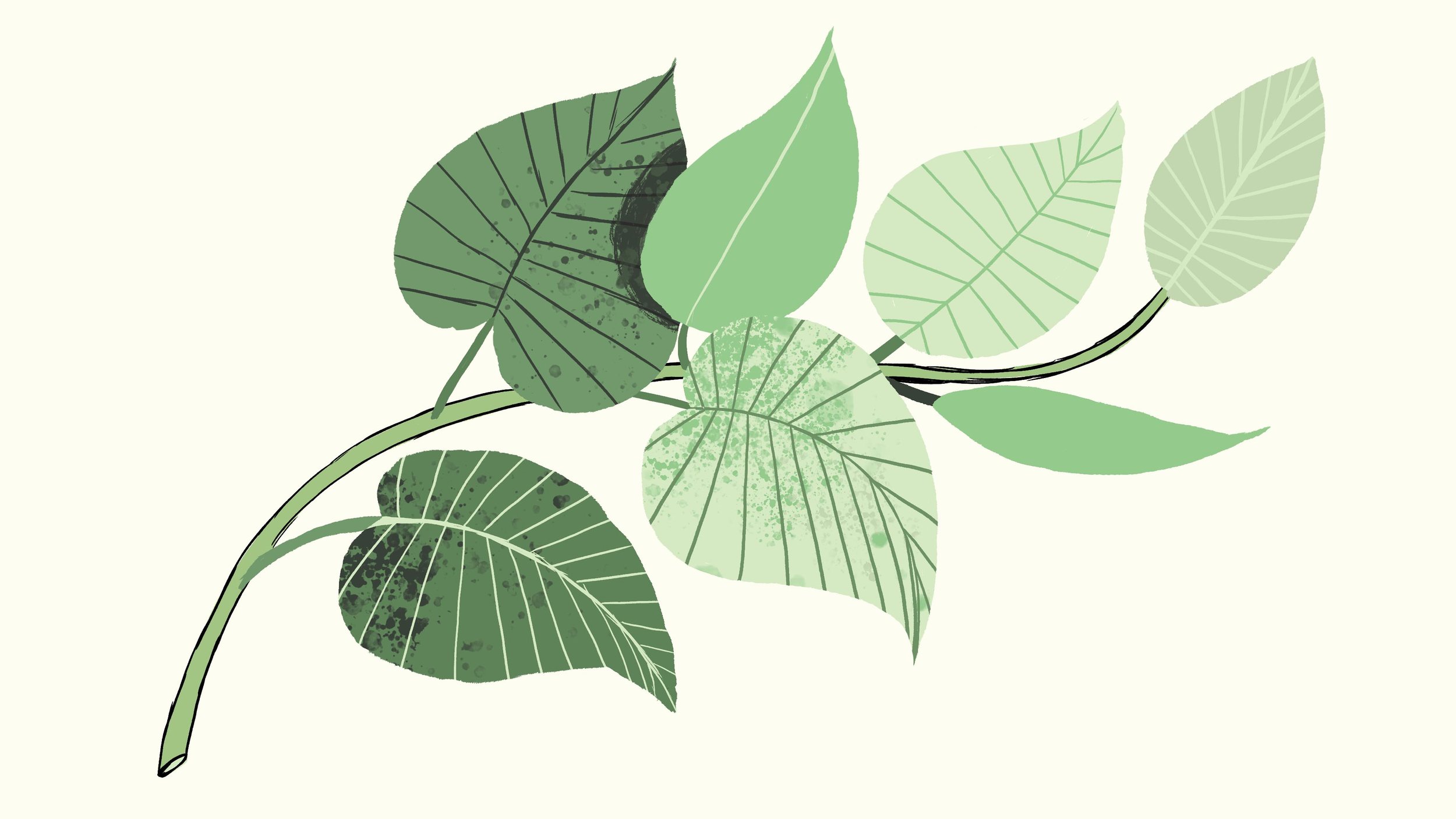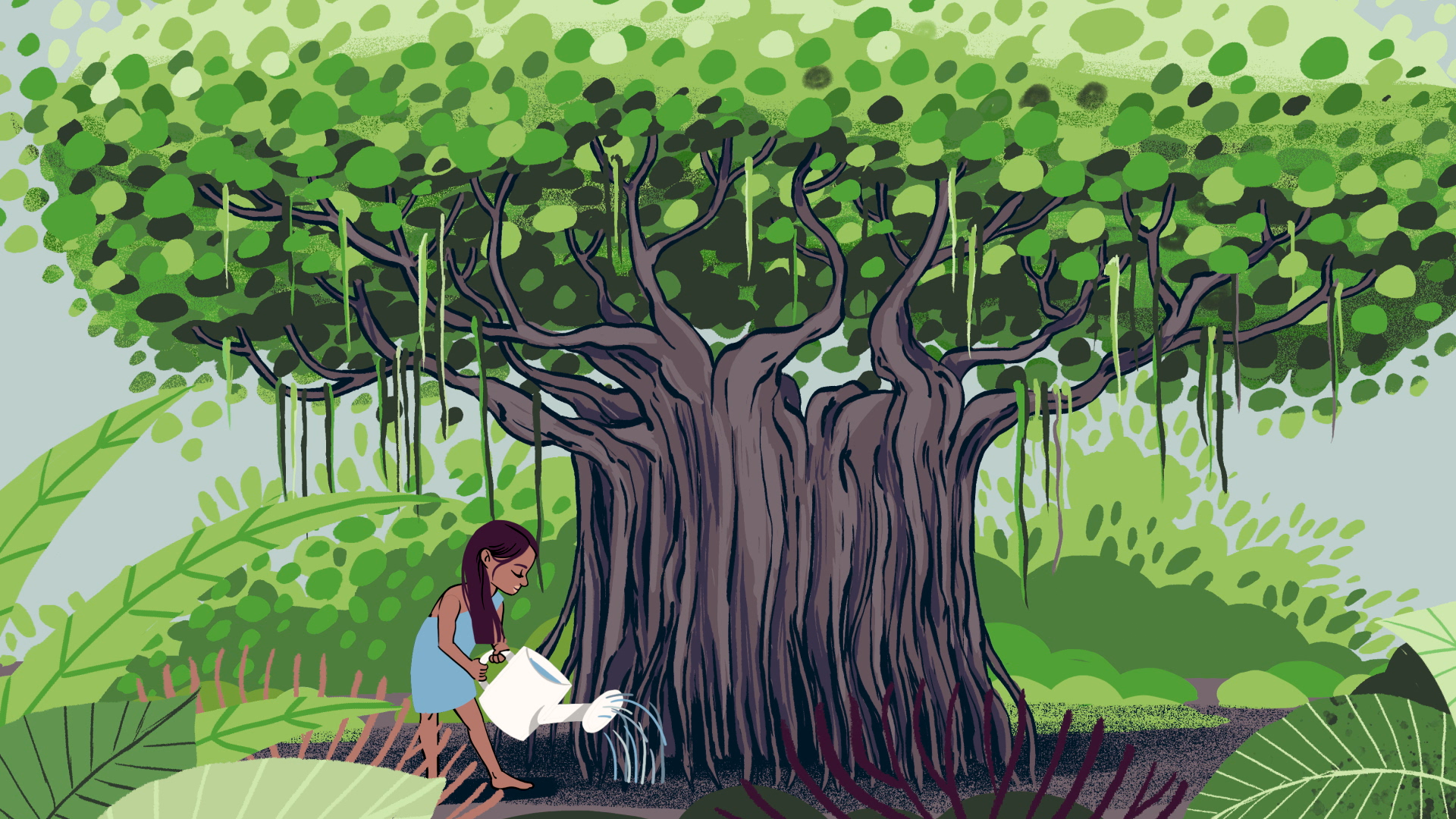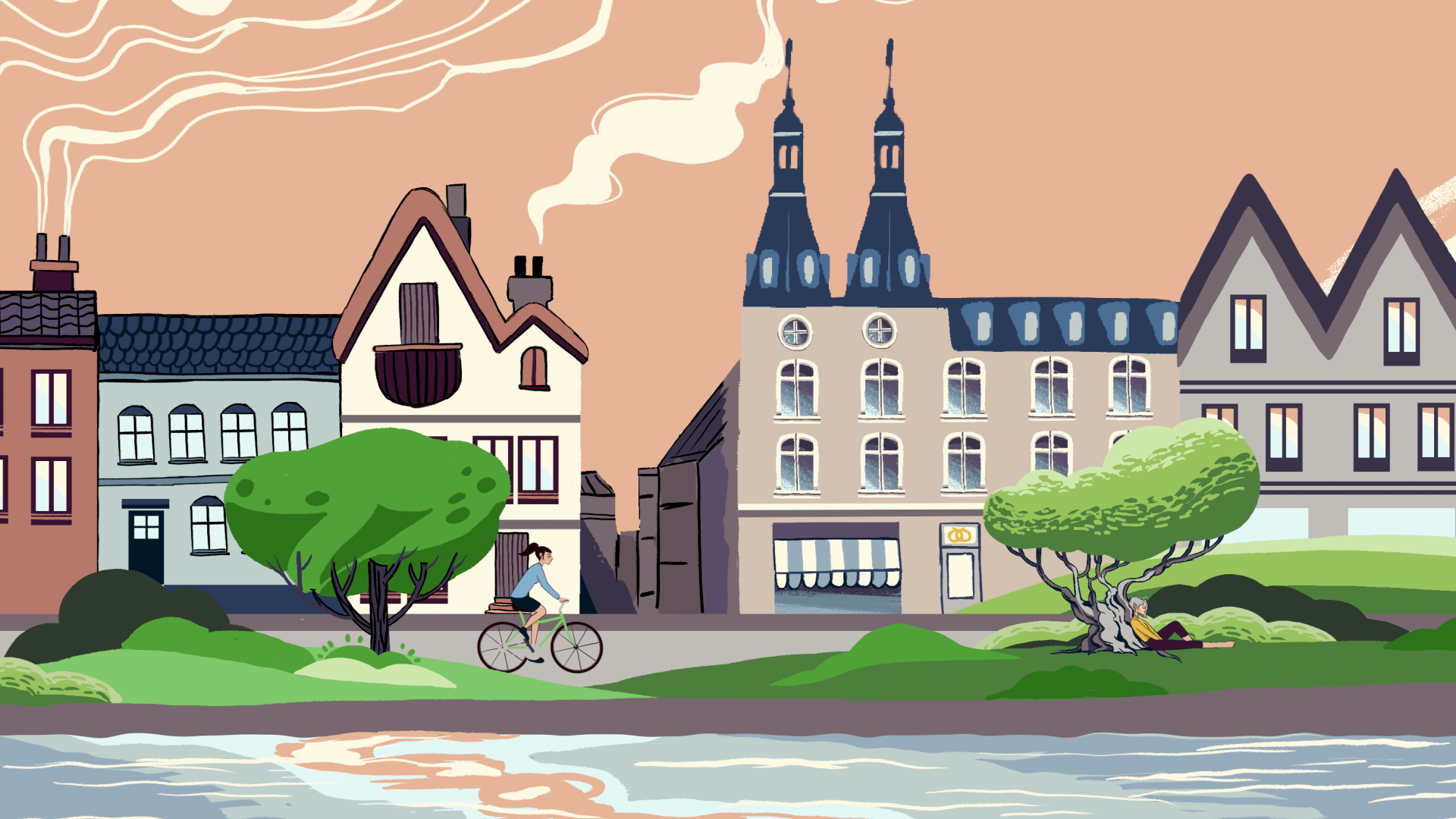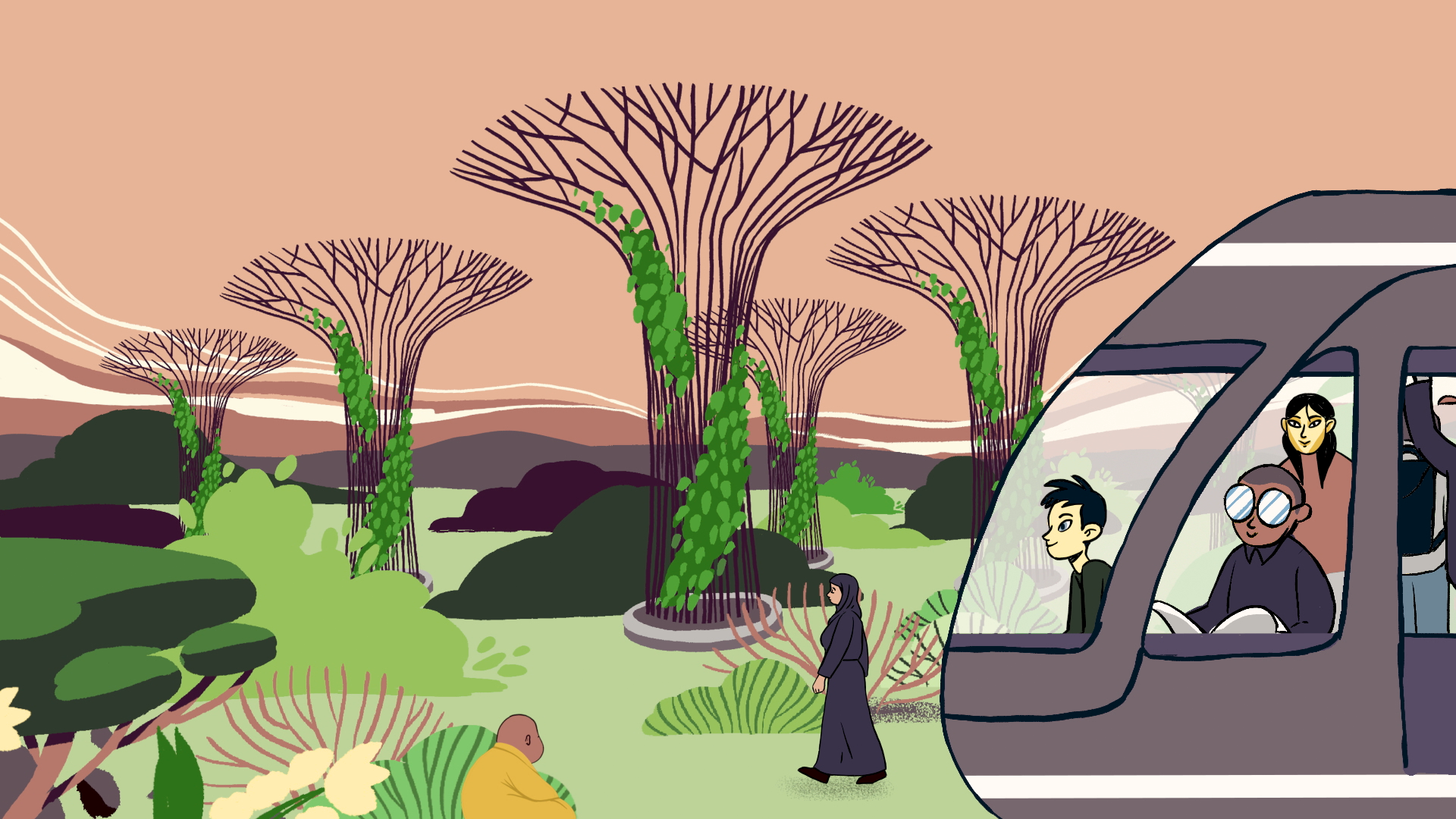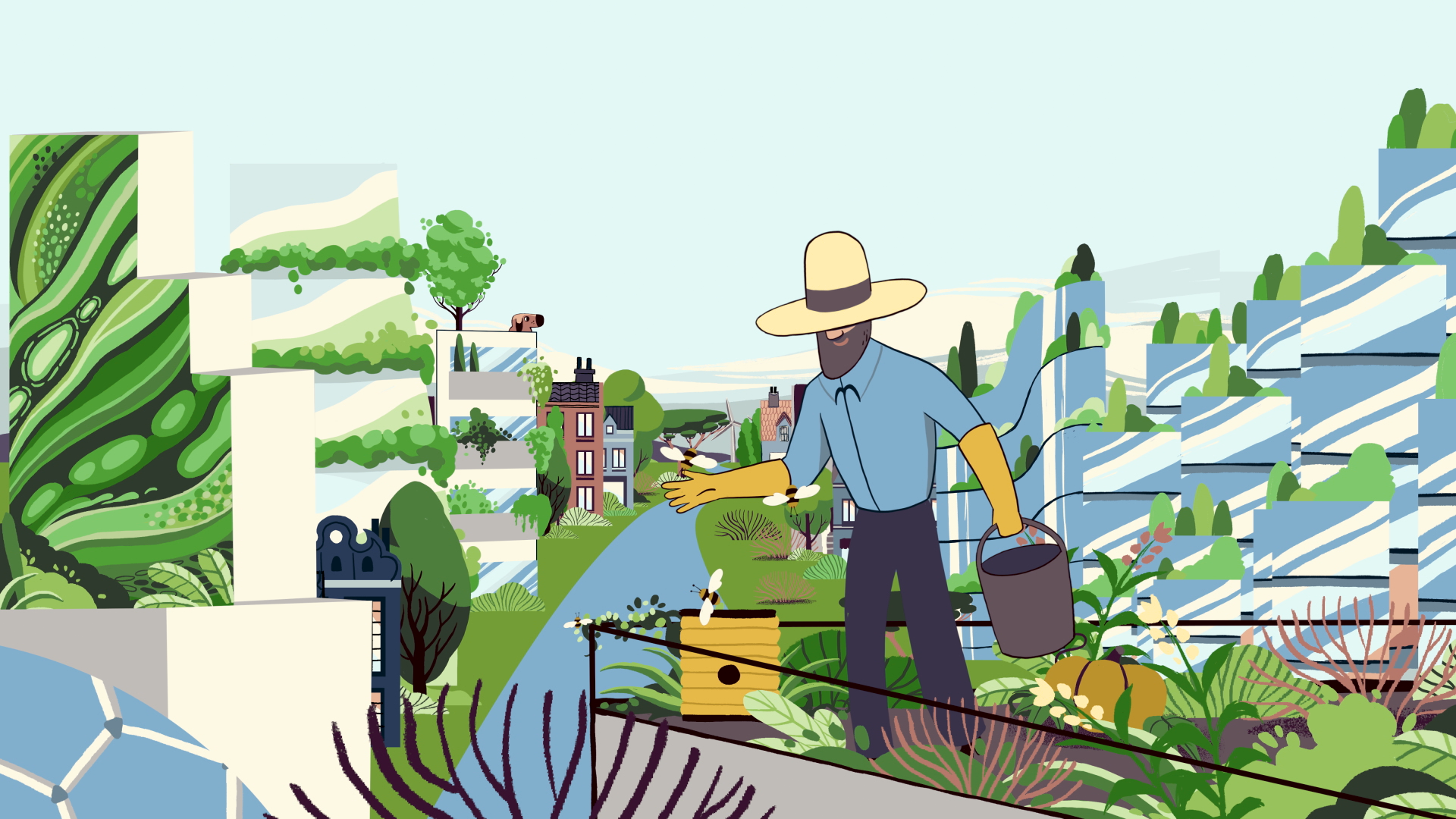TED-ed Collaborations
Since 2016 I have collaborated with TED-ed creating so far 7 films about various subjects. Ranging from Greek mythology, Biology, sustainability, and women’s health. I just love working on these films as they give me a chance to really dive into subjects and to use my creativity to communicate these fascinating topics. Besides learning a lot myself I also get a chance to spread knowledge to others in a way that is available to most as well as hopefully entertaining.
Besides working closely with the scientists and scriptwriters I have also on a few occasions has the pleasure of talking about my work. In connection to that I have a presentation that you are welcome to take a look at see link below:
NR 1
The Evolution of Animal Genitalia
Script by Menno Schilthuizen
Released April 24 2016
Views 2.800.000
By 2050, it's estimated that over 65% of the world will be living in cities. We may think of nature as being unconnected to our urban spaces, but trees have always been an essential part of successful cities. Humanity has been uncovering these arboreal benefits since the creation of our first cities thousands of years ago. So what makes trees so important to a city's survival? Stefan Al explains. [Directed by Mette Ilene Holmriis, narrated by Addison Anderson, music by Bamm Bamm Wolfgang].
NR 2
The myth of Arachne
Script by Iseult Gillespie
Released April 24 2016
Views 8.400.000
From sailors who were turned into pigs, nymphs that sprouted into trees, and a gaze that converted the beholder to stone, Greek mythology brims with shape-shifters. The powerful Gods usually changed their own forms at will - but for mortals, the mutations were often unwanted. Iseult Gillespie shares how one such unnerving transformation befell the spinner Arachne.
Nr 3
What is dust made of?
Script by Michael Marder
May 24 2018
views 1.040.000
Less than a tenth the size of an ant, a dust mite’s whole world is contained in the dusty film under a bed or in a forgotten corner. This realm is right under our noses, but from our perspective, the tiny specks of brilliant color blend together into a nondescript grey. What are these colorful microscopic particles? Michael Marder explores the science of dust.
Nr 4
Sexual Deception of Orchids
Script by Anne Gaskett
February 14 2019
514.000 views
Nearly 28,000 species of orchid grow all around the world, bearing every imaginable color, shape and pattern. There’s a cunning purpose behind these elaborate displays: many orchids trick insects into pollinating, sometimes even into having sex with them. How do they deploy these deceptive tactics? Anne Gaskett dives into the surprisingly complex ways orchids attract insects.
Nr 5
What happens if you cut down all of a city's trees?
Script by Stefan Al
August 2020
1.700.000 views
By 2050, it's estimated that over 65% of the world will be living in cities. We may think of nature as being unconnected to our urban spaces, but trees have always been an essential part of successful cities. Humanity has been uncovering these arboreal benefits since the creation of our first cities thousands of years ago. So what makes trees so important to a city's survival? Stefan Al explains. [Directed by Mette Ilene Holmriis, narrated by Addison Anderson, music by Bamm Bamm Wolfgang].
Nr 6
Can the ocean run out of oxygen?
Script by Kate Slabosky
August 2020
633.000 views
For most of the year, the Gulf of Mexico is teeming with marine life, from tiny crustaceans to massive whales. But every summer, disaster strikes. Around May, animals begin to flee the area. And soon, creatures that can’t swim or can’t swim fast enough begin to suffocate and die off in massive numbers. What's going on? Kate Slabosky dives into the lethal conditions that create dead zones.
Nr 7
What causes yeast infections, and how do you get rid of them?
Script by Liesbeth Demuyser
Jul 14, 2022
636.000 views
The vagina harbors hundreds of different kinds of microorganisms. Candida yeasts are usually present in small quantities and most of the time, these fungi are harmless. But, under certain conditions, Candida yeasts can cause infections. One species in particular is the usual culprit of vaginal yeast infections. So, how exactly does a yeast infection happen? Liesbeth Demuyser investigates.
